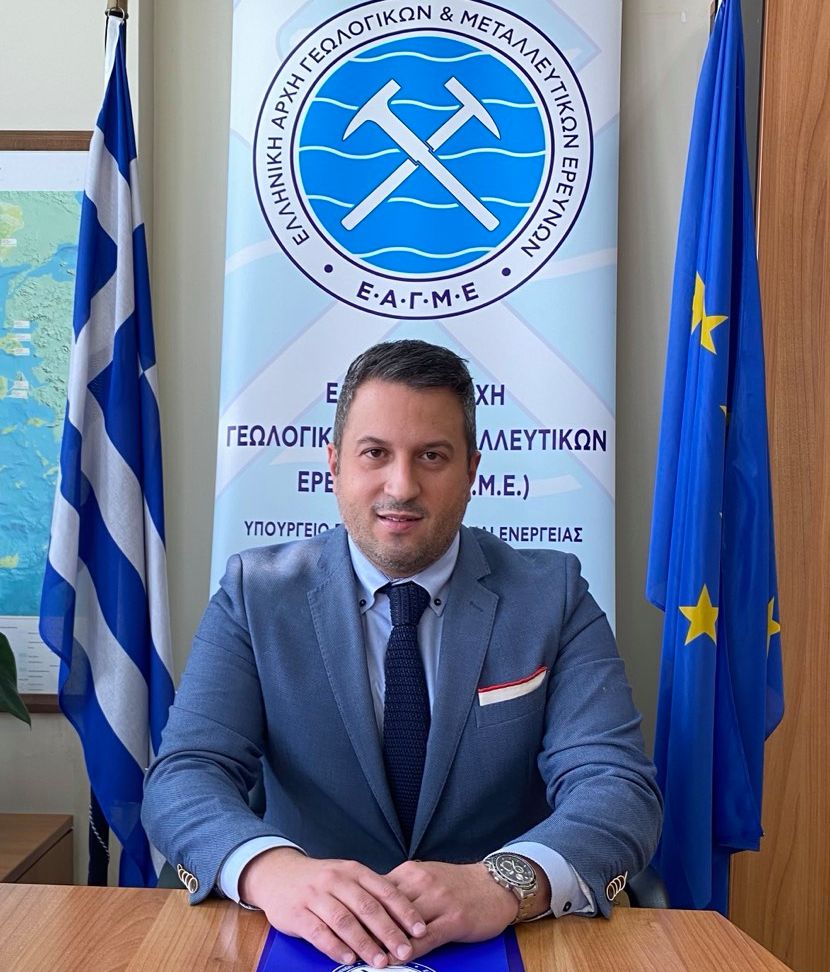By the end of the month, EAGME is expected to submit to the Ministry of Energy the results of its analyses for geothermal interest areas that meet the criteria to enter a competitive process for the exploration and exploitation of geothermal fields. The development of geothermal energy is a priority for the Ministry of Energy, which plans in the coming period to define the boundaries of these areas and prepare the relevant tender documents.
The delineation process will take into account, among other factors, the strong investment interest expressed by the market. It is worth noting that while geothermal energy is classified as a renewable energy source, it is also a base-load energy form, which distinguishes it from wind and solar energy, known for their intermittency.
Three regions
According to reports, the areas proposed by EAGME are located in Northern Greece — specifically in Thrace, Nestos, and Strymonas. Once the Ministry of Energy reviews the data, it will decide whether to proceed with all three tenders simultaneously or begin with one region. EAGME’s data analyzes the technical characteristics of these areas, indicating the possible presence of significant geothermal fields, and will be included in the technical dossier of the tender.
Geothermal fields in Greece are mainly found in Central and Eastern Macedonia, Thrace, the islands of the Eastern and Northeastern Aegean, and Eastern Central Greece. However, the task assigned to EAGME’s scientific team was to identify fields with temperatures exceeding 90°C, which can be utilized for power generation.
“For the areas we propose, the data show strong indications of geothermal fields with high temperatures above 90 degrees Celsius. Once the tender process is completed, further research will confirm these indications, allowing interested parties to proceed with the exploitation of the fields. In close cooperation with the Ministry of Energy, our goal is to utilize geothermal energy for electricity production,” stated EAGME’s General Director, Mr. Dionysios Goutis.
Geothermal energy for power generation
The development of geothermal energy is a strategic priority for the Ministry of Energy, aiming to expand the country’s energy mix — with EAGME playing a crucial role in this effort.
Recently, the Ministry implemented a Ministerial Decision establishing the legal framework for the utilization of the country’s geothermal potential for electricity production.
The decision defines the procedure for leasing exploration, exploitation, and management rights for geothermal fields of national interest — marking the first step toward their utilization for power generation. The next step will clarify the process for locally significant fields and explore best international practices for creating incentives to promote geothermal development.
As a result, tenders for the exploitation of geothermal fields across Greece are expected to be announced in the near future.
The Ministerial Decision applies to fields with temperatures above 90°C (medium and high enthalpy), where geothermal potential is primarily used for base-load power generation.
Specifically, with the decision signed by the Minister of Environment and Energy, Kostas Skrekas, the procedures for research, management, and exploitation of geothermal potential are defined.
“The development of geothermal energy is a key priority of the government, within the framework of the National Energy and Climate Plan, as it strengthens the country’s energy security by utilizing a domestic energy source, while simultaneously reducing greenhouse gas emissions and saving energy for consumers,” stated Mr. Kostas Skrekas.
“The government’s goal is to establish a modern, stable, and transparent investment framework for the development of geothermal energy, adhering to the highest standards of safety and environmental protection. We are determined to make a fresh start, with clear and transparent rules for everyone, while fully respecting the needs of local communities. Geothermal energy is a stable, domestic, and clean energy source that offers multiple benefits for society, the economy, and the environment.
It will help reduce energy costs for households and businesses and can be applied in a wide range of activities — from power generation and agriculture to tourism. It will also contribute to achieving national climate goals for reducing greenhouse gas emissions and transitioning to climate neutrality by 2050.”
Source: www.mononews.gr
Author: Marina Protonotariou
Read the full article:


